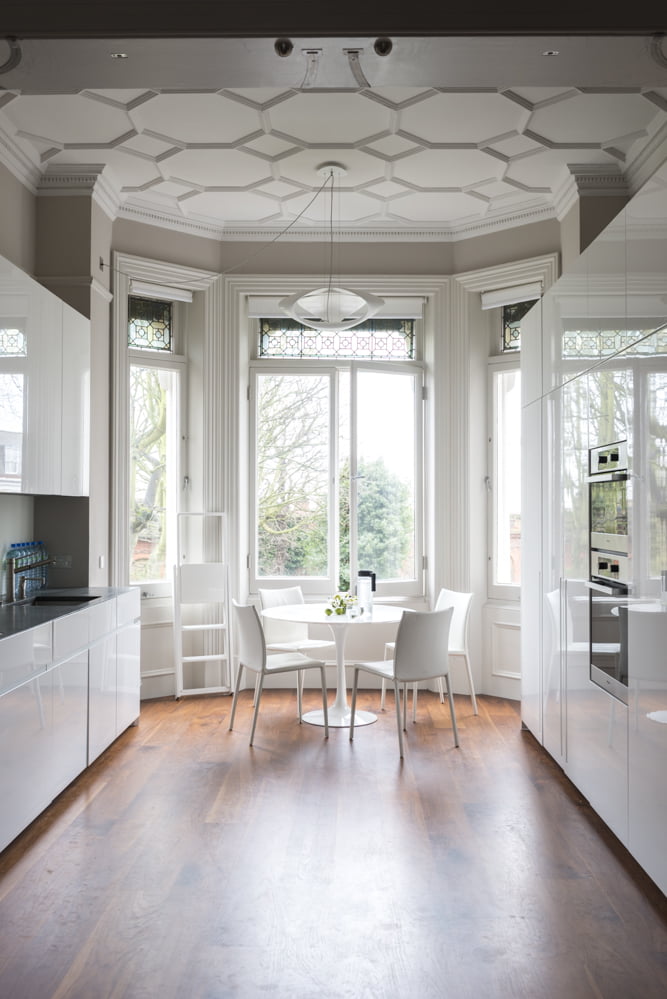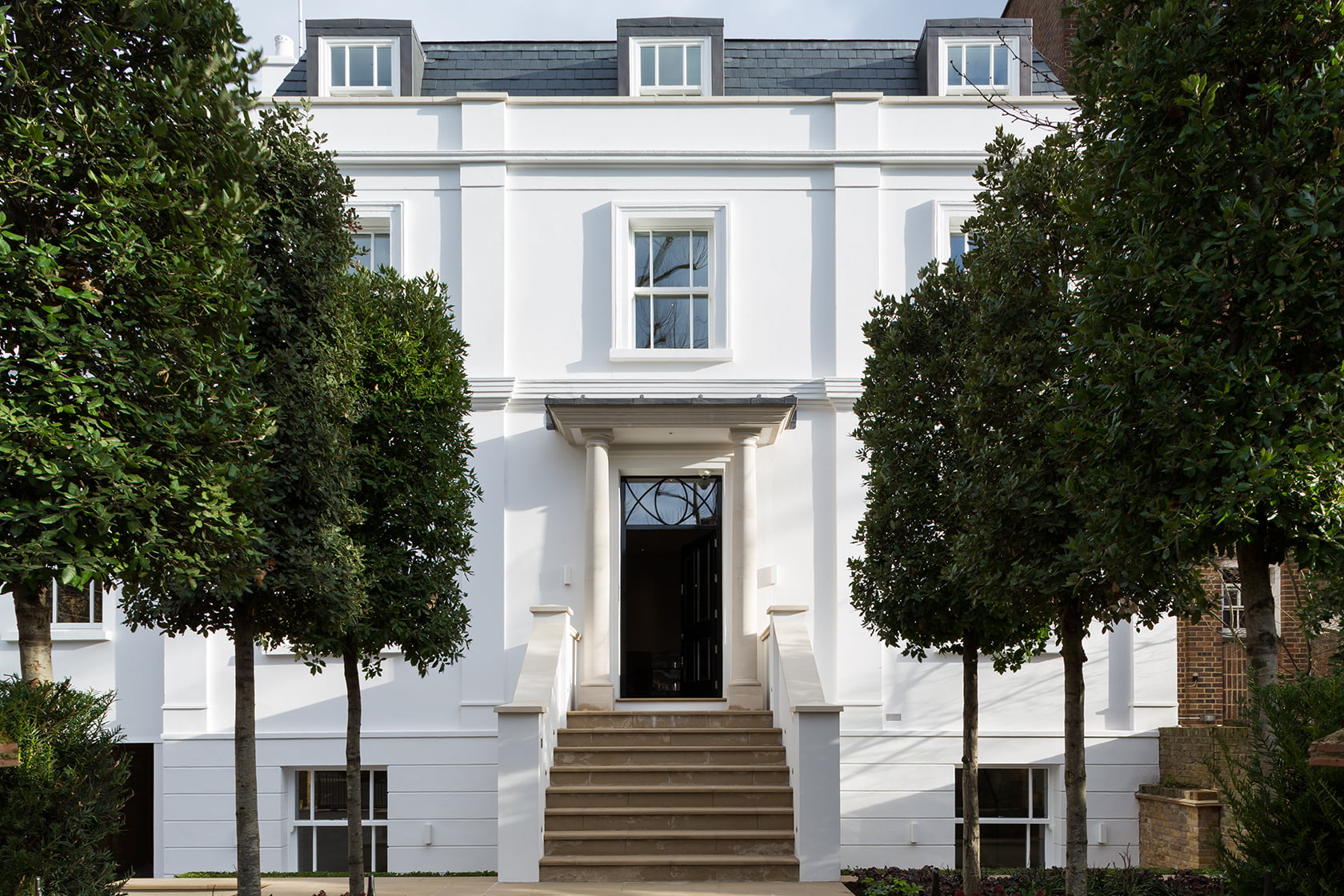
Listed Building Architects
Many people believe it is not possible to make any alterations to a listed building—that they are somehow ‘frozen in time’ and cannot be changed.
This is not the case. However, listed buildings do require special considerations, and exactly what is or is not permitted varies from one building to another. If you are lucky enough to own a listed building, and would like to renovate, adapt, or extend it in any way, it is in your best interests to find an architect with a proven track record of successful projects involving listed buildings.
Gregory Phillips Architects have extensive experience of working with listed buildings, ranging from complete interior schemes to remodelling and extensions. We bring a contemporary approach to our designs, which both respects the original building and updates it for modern living.
What is a listed building?
Listing buildings is a system that marks and celebrates a building’s special architectural and historic interest. It brings it under the consideration of the planning system, so that it can be protected for future generations. This means that any alterations being made to the building have to be approved in the form of listed building consent, not just the standard planning consent that relates to more modern buildings.
According to Historic England
‘Listed buildings are to be enjoyed and used, like any other building. Listed buildings can be altered, extended and sometimes even demolished within government planning guidance. The local authority uses listed building consent to make decisions that balance the site’s historic significance against other issues, such as its function, condition or viability.’
The exact possibilities and restrictions will vary from building to building. One of the ways in which it will vary is according to the grade of the listing. Over 90% of listed buildings are Grade II, which means they are of special interest. This is the most likely classification for a private homeowner. About 6% of listed buildings are Grade II* which are particularly important buildings, and about 2.5% are Grade I, which are of exceptional interest.
Making changes to listed buildings
The emphasis when considering any work to a listed building must be about a balance between the needs and comfort of the homeowner and the historic significance of the building. Any changes should be sympathetic to both parties.
Any work to a listed building that will affect its character as a building of special architectural or historic interest requires Listed Building Consent. If you understand the reason your building is listed—what its significance is—it will help you when thinking about changes to sustain or enhance it. Your local authority should be able to help you to discover the reasons why the building is listed id you don’t already know.
The requirement applies to all types of work and to all parts of the house covered by the listing and may extend to other buildings on your land. It is a criminal offence to carry out works to a designated historic building without consent when it is needed.
Gregory Phillips Architects have carried out a large number of projects involving listed buildings and are able to offer support and guidance throughout the process, including advice on whether listed building consent is needed, and how to obtain it. We have created extensions, converted a coach house to residential accommodation, and completely remodeled interiors.
In each case we have been able to create a design that works with the special character of the existing building and also creates a beautiful family home with all the convenience and comfort of modern living.

